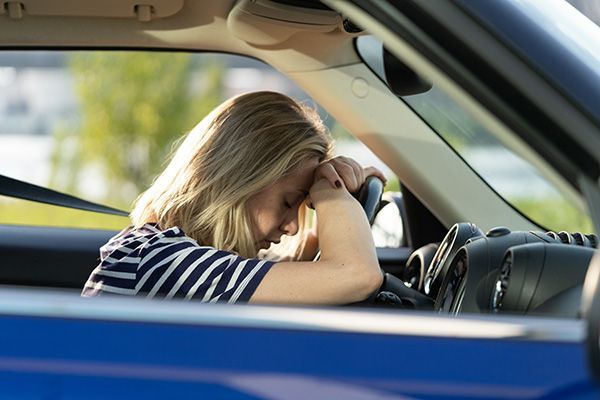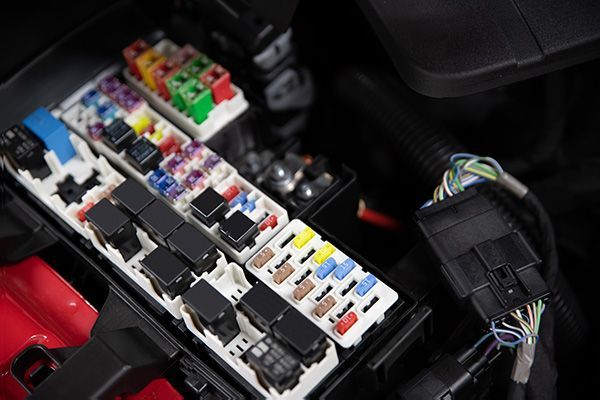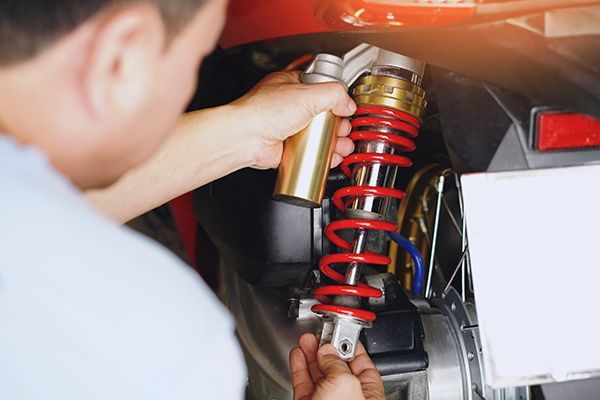
Falling asleep at the wheel is something most people think will never happen to them, but drowsy driving causes more accidents than you might expect. While drunk driving is widely recognized as a major safety threat, driving while sleep-deprived can be just as dangerous. In fact, studies show that the effects of fatigue can mimic those of alcohol in several key ways.
Knowing the risks of driving tired will help you make smarter choices about when to get behind the wheel and when it’s safer to wait.
How Fatigue Affects Your Ability to Drive
When you’re tired, your brain reacts more slowly. Your attention span shortens, your ability to process information drops, and your decision-making becomes impaired. These are the same effects caused by alcohol, and when combined with long hours on the road, they can become deadly.
Sleep deprivation reduces your awareness of your surroundings, increases the time it takes to brake or swerve, and leads to drifting out of your lane. Even worse, it increases the chances of experiencing “microsleeps”—brief, involuntary lapses in attention that last a few seconds. During a microsleep, your brain essentially shuts down for a moment, and at highway speeds, that can be long enough to cause a serious crash.
Drowsy Driving Is a Common and Underreported Problem
Unlike alcohol or drugs, fatigue doesn’t leave behind a measurable trace like a blood alcohol content reading. That makes it difficult to track in accident reports, but the statistics that do exist are alarming.
According to the National Highway Traffic Safety Administration, drowsy driving contributes to thousands of accidents every year, including many with fatal outcomes. It’s especially common among shift workers, long-haul drivers, and people traveling late at night or early in the morning when natural alertness is at its lowest.
Warning Signs You’re Too Tired to Drive
You may think you can “push through” tiredness, but fatigue isn’t something you can always control with willpower. These are a few signs that it’s time to pull over and rest:
- Frequent yawning or blinking
- Drifting between lanes
- Missing exits or signs
- Trouble remembering the last few miles
- Heavy eyelids or difficulty keeping your head up
If any of these symptoms start to appear, it’s not worth the risk to keep going.
How Driving Tired Compares to Driving Drunk
Experts often compare 17–19 hours without sleep to having a blood alcohol level of 0.05%. After 24 hours awake, your driving impairment is roughly equal to a 0.10% BAC—which is above the legal limit in all states.
Both types of impairment reduce coordination, slow reaction time, and impact judgment. The key difference is that drowsy drivers may not even realize how impaired they are, making them less likely to pull over and rest.
Simple Ways to Stay Safer on the Road
Getting enough sleep before a long drive is the most effective way to prevent fatigue. Here are a few more tips that help:
- Avoid starting long trips late in the day
- Plan breaks every 2 hours or 100 miles
- Travel with a passenger who can help share the driving
- Drink water and stay hydrated
- If needed, take a short nap in a safe place
Caffeine can provide a temporary boost, but it’s not a long-term solution. The safest choice is always to rest before continuing.
Morin Brothers Automotive – Keeping San Luis Obispo Drivers Safe
At Morin Brothers Automotive , we care about the safety of every driver on the road. Drowsy driving may not get the same headlines as other dangers, but the risks are just as real. If you’re preparing for a long trip or your vehicle needs attention before you hit the road, stop by for a checkup. We’ll make sure your car is ready so you can stay focused and safe behind the wheel.










